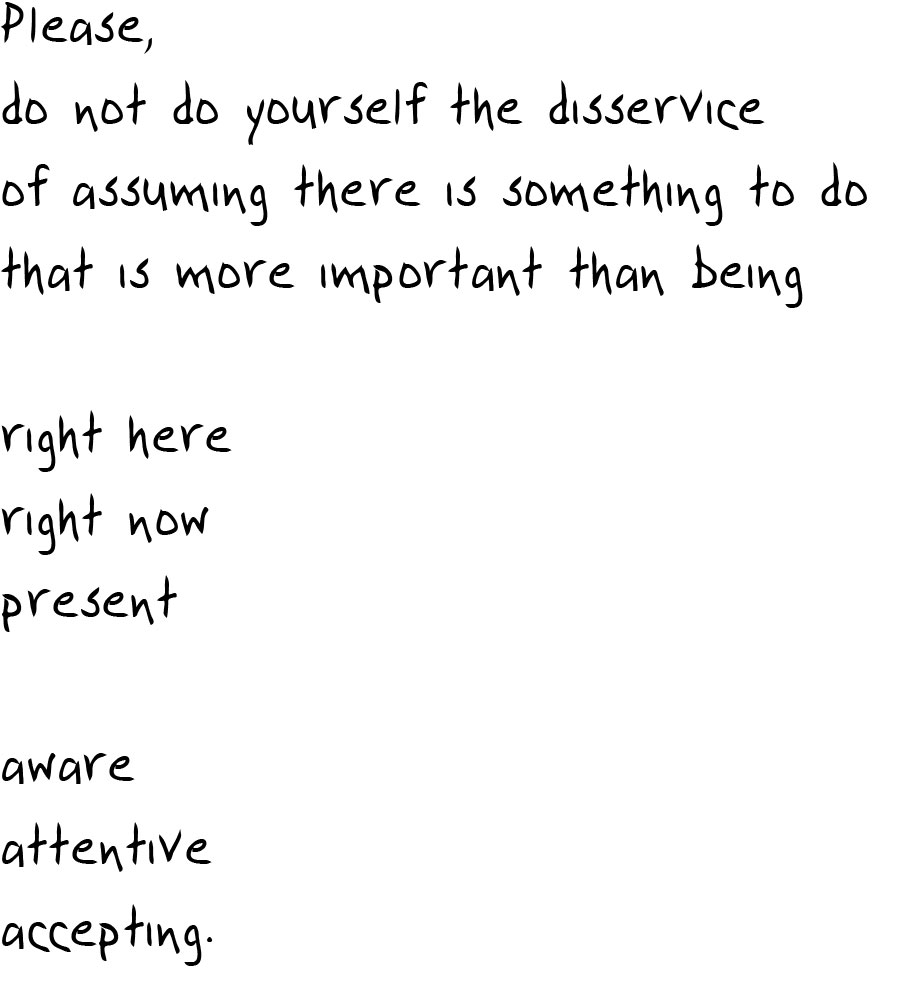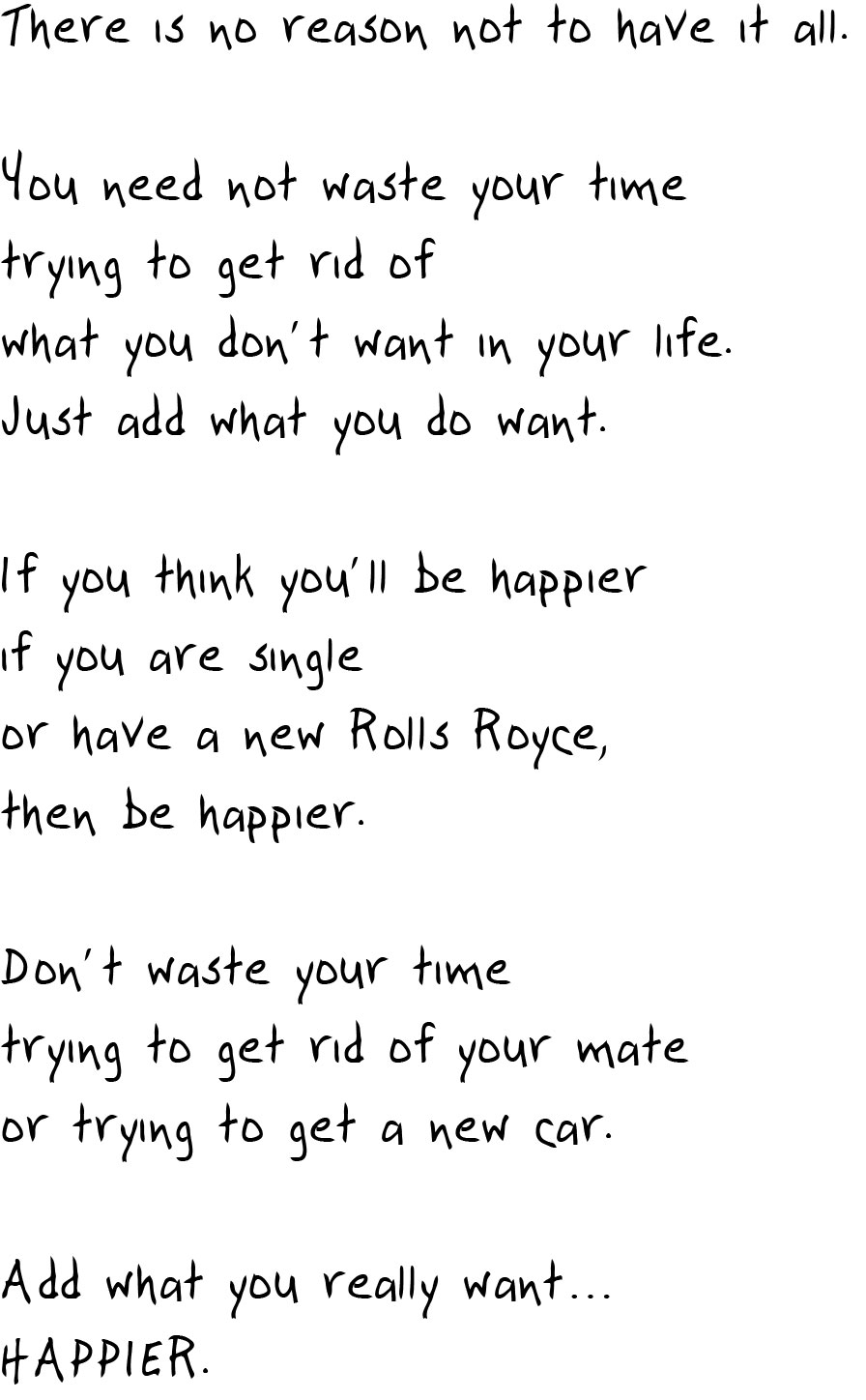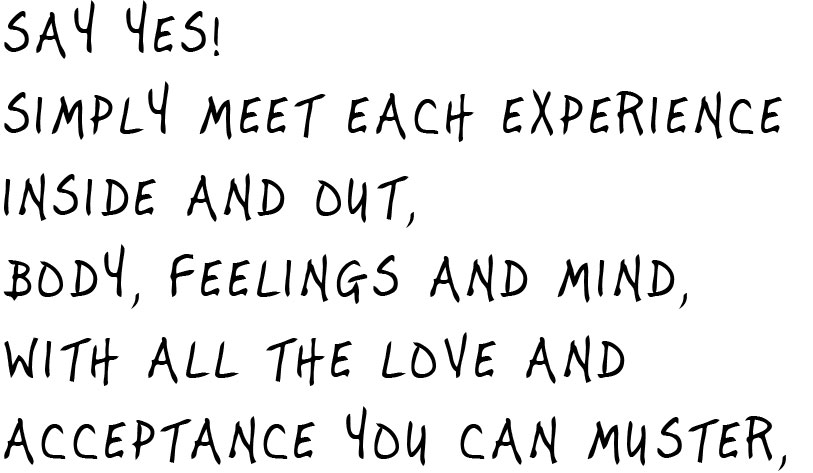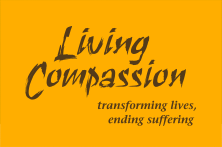Do we really need a Musings article this month?
Practice offerings recently have been prolific!
- Gatherings with Sangha daily to process the latest focus of the yearlong
- The pages of wisdom spilling from the Guide’s fingertips in response to the most recent exploration of anxiety
- The foundational principles of this Practice available to listen to as audio books
- And of course R/L classes, RLB calls, stewardship workshops, Practice Reminders, Peace Quotes, Open Air archives, newsletters and blogs…
- Then there is one’s own practice schedule of meditation, R/L…
And what about juggling all this practice with a job, possibly a family, a house/garden to maintain, cooking/chores, friends…
Can we keep up with it all?
Can we welcome this abundance and allow ourselves to swim in all that is being offered?
Or does overwhelm lead to giving up on keeping up?
Do we start to pick and choose what we are available to as a way to throttle the flow of riches to what “I” can handle?
To extend the metaphor of an abundance of practice offerings to Life itself, is Life too much, too rich, too prolific, too intense, too chaotic that my first line of defense is to ignore most of it? Or is the crux of the issue a false identification with limitation, as a consequence of which the focus is on inadequacy as an identity rather than on omnipotence? Why are we more prone to say…
“It’s all too much,”
instead of saying,
“Wow! All is welcome.”...?
If we intellectually agree with sages of yore that we are All that IS (why else are we doing spiritual practice?), how do we live from an orientation of infinite capacity rather than limited ignorance?
The Key and The Name of the Key is Willingness!
As the book points out, the secret is not what but how. A content orientation will inevitably lead to overwhelm. Everything, everywhere, all at once (the film of that name swept the Oscars incidentally) is impossible for “small mind” to grasp but absolutely manageable for “Whole Mind.” The endless struggle to juggle the whats only ever leads to suffering—to wanting Life to be different from how it is. But attending to how Life actually is, by seeing how “whats” make it appear to be other than it is, having the perspective we call a process view, makes all the difference.
Even if it took a lifetime to make this switch, could there be a more worthwhile pursuit? As The Key states:

The Key is bursting with gems of wisdom that can transform how we see. The following page blasted through deeply entrenched conditioning for this particular practitioner and spurred the direction of this article.

Addition?
Surely MORE WHATS can’t be the solution to an “I” trying to juggle the abundance of whats and failing to be successful? But the wisdom in the approach is not a WHAT. It’s a direct route to HOW.
If Happiness (the purported end goal of juggling whats) is what we seek, we have to switch from being seekers to seers.
Seer
(noun)
Someone who is receptive to what is, as IS.
When we come to spiritual practice it is because we sense there is more to Life than endless struggle and suffering. We arrive as seekers.
Awareness Practice introduces us to the radical notion that “there is nothing wrong” and gives us tools to see and see through what creates and maintains suffering.
And so we set off to practice noticing the process that causes us to suffer.
If we are not paying attention, a lifetime of Awareness Practice can be spent missing the fact that our quest is not finding the causes of suffering but finding happiness. Focusing on “fixing” unhappiness will never bring us happiness.
Ego’s ultimate defense with a spiritual practitioner is not…
I would be happier if I were single or have a Rolls Royce…
It is:
I would be happier if there were no ego.
The context of “what’s wrong” switches from “whats” that were blamed for one’s unhappiness to the nature of the process of awakening itself and the supreme inability of the ego to become enlightened—code for, I want happiness but on my terms.
In other words, and this is subtle, if we’re seeking happiness, we’re still in a process of something wrong.
It is perhaps only when we get to the point of “I can’t do this! I can’t win against the cosmic joke,” that we realize we’re shifting from Awareness Practice to spiritual practice. Now all the tools of practice are brought to bear from a different starting premise:
All is well.
Semantically speaking, “All is well” and “there is nothing wrong” point to the same thing, but the trajectory being suggested is not a movement from suffering to happiness but from happiness to an awareness of happiness.
To quote The Key again:

All is all of Life, exactly as it is.
All is all of Life, exactly as I am.
Yes, we have to begin with bringing conscious awareness of what stands in the way of seeing how Life is/what I am.
And at some point in the process, once we’ve brought conscious awareness to the karmic circuit, enough to recognize a re-run, our practice focus becomes recollecting the truth of True Nature—that we are Happiness. Not Happiness in the Disney sense of the word, but in the spiritual sense of the word. Now we are not seekers, but seers, on the quest to experience All is Well because “What is, is.”
Acceptance becomes The Key.
As egocentric karmic conditioning self-hate unleashes its arrows, and the “life” experience is
---resistance to doing dishes
---feeling deeply wounded by what a loved one has said
---anxiety about the future
---overwhelmed by existential meaninglessness
---impotence in the face of planetary desecration
---depression at having failed to keep a practice commitment
can we just notice,
be receptive to the experience?

accepting not reacting,
and then,
instead of FEELING BAD,
ADD HAPPINESS.
We come to practice because we want to be happy.

And if where we begin again is
![]()
does it change the nature of the journey?
It did for this practitioner.
Gasshō
ashwini
